With Holiday 2020 slowly encroaching, both Sony and Microsoft are gearing up their next generation consoles for release. The Xbox Series X and PlayStation 5 are currently slated to release by the end of the year, but after Sony’s presentation today it’s become clear which major console manufacture is controlling the conversation. Sony continues to keep most of their cards close to their chest, so Microsoft has used Sony’s silence to their advantage.
A Tale of Two Consoles
As of this week we’ve been given a deeper look into the specs for both the Xbox Series X and the PlayStation 5. On paper, it’s hard to say which console will ultimately reign supreme from a power perspective. Both seem eager to test whether core count or speed will stand triumphant, and until the two devices are out in the wild it’s difficult to evaluate just which one will come out on top. We know both companies are investing in SSD storage, new technologies, ray-tracing, and backwards compatibility. Taken alone, the system specs for the Xbox Series X and PlayStation 5 are competitive enough to stir conversation, but they’re hardly exciting in a vacuum all their own.
Why then are two announcements being received in such diametrically opposed manners? The PlayStation 5 presentation has been met with derision and yawns, while Microsoft’s Monday news drop generated excitement. Quite simply: Microsoft is beating Sony at the messaging game, and as the current second-place contender between the two it’s obvious Microsoft learned a lesson or three when it comes to the lead-up to a new console launch.
Outside of today’s stilted presentation, Sony hasn’t talked much about the PlayStation 5. We’ve heard the murmurs about backwards compatibility, the rumors about sweat and pulse detection on the controller, and mention of the release window with the official name (which surprised absolutely no one). Before Mark Cerny stepped in front of that green screen and fake audience we knew seldom much about Sony’s plan.
On the other end of the spectrum, Microsoft has not shut-up about their next generation plans. The key difference between the two is simple: Sony is aiming to sell us a console around November, yet Microsoft appears keen to provide a service. Microsoft has been screaming from the pulpit for all to hear promises about cross-generation support. They made sure we all knew Xbox Game Pass would be supported by their new console, and that their upcoming xCloud streaming service would not only work on their next device, but feature games from it.
Sony absolutely demolishes Microsoft when it comes to exclusives, but that hasn’t stopped Microsoft from sharing with the public that all first-party Xbox games that come out for the Xbox Series X will have an Xbox One counterpart, and an upgrade upwards would be free. PC, Xbox One, and Xbox Series X are to all be linked together with cross-play and Play Anywhere functionality across all first-party titles, a move we have yet to see Sony try and replicate.
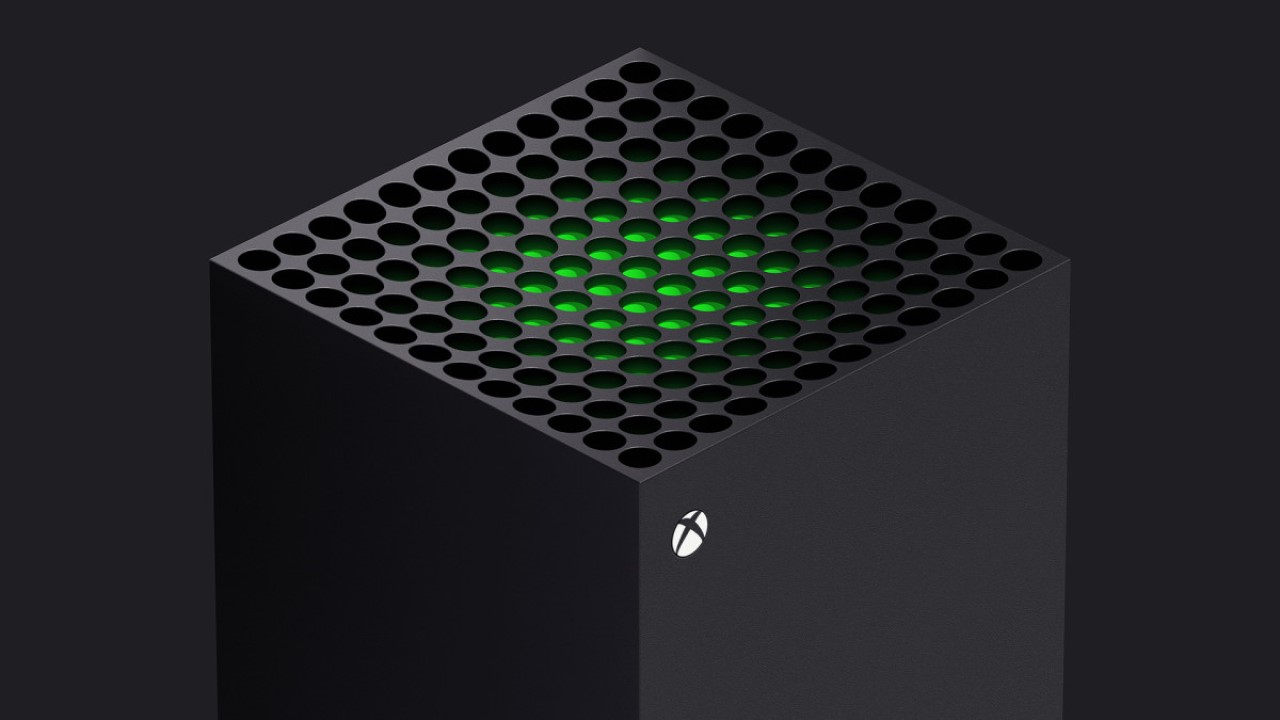
This isn’t meant to rain on Sony’s parade; far and away Microsoft has been busier selling what their console means to consumers than Sony. In Sony’s defense, Mark Cerny’s presentation was meant for an audience of developers at GDC, but with COVID-19 shutting the world down that never happened. The information on offer was never meant for a general audience.
That point made, the announcement of the presentation spoke otherwise. Whereas Microsoft stealth-dropped their more technical details on a Monday morning after months of constant drum-beating, Sony told the world to check-in with them that Wednesday morning. It was made to sound like a decisive counter to Microsoft’s unrelenting tide of hype, and fans inevitably expected far more than what was delivered.
The two differing approaches have had a massive impact on how the general gaming audience has received these announcements. On Microsoft’s end, it was a welcome surprise after round upon round of non-technical details about the Xbox Series X. We knew what it looked like, we had an idea what the services and philosophy for the console were, but we were missing the meaty specification. Then – ta-da! – here they were. Microsoft was filling in a significant knowledge gap, rounding out the messaging they’ve been pushing for the Xbox Series X.
Then there was Sony, who has been so stubbornly radio silent. They had to have known fans were clamoring for any official announcement, like a thirsty vagabond lost in a desert. Rather than re-purpose their GDC presentation for the wider audience they were suddenly pitching it towards, they decided to drown everyone with every explicit detail concerning CUs, memory controllers, coherency, and other high-level minutia aimed at developers. Compared to the more casual approach Microsoft had taken it was overwhelming, and frankly boring. Take the SSD announcements for instance – Microsoft showed off State of Decay 2 loading on both an Xbox One X and an Xbox Series X. Sony had a PowerPoint slide about memory controllers.
Sony needs to recapture everyone’s attention, and they need to do so soon. Microsoft’s technical details were released in such a way that even the most laymen of lay-people could decipher the information and appreciate it; Sony’s required a break down from Digital Foundry that will still go over most heads. For anyone who was hoping to have a pissing contest over power Sony did very little to definitely plant their flag.
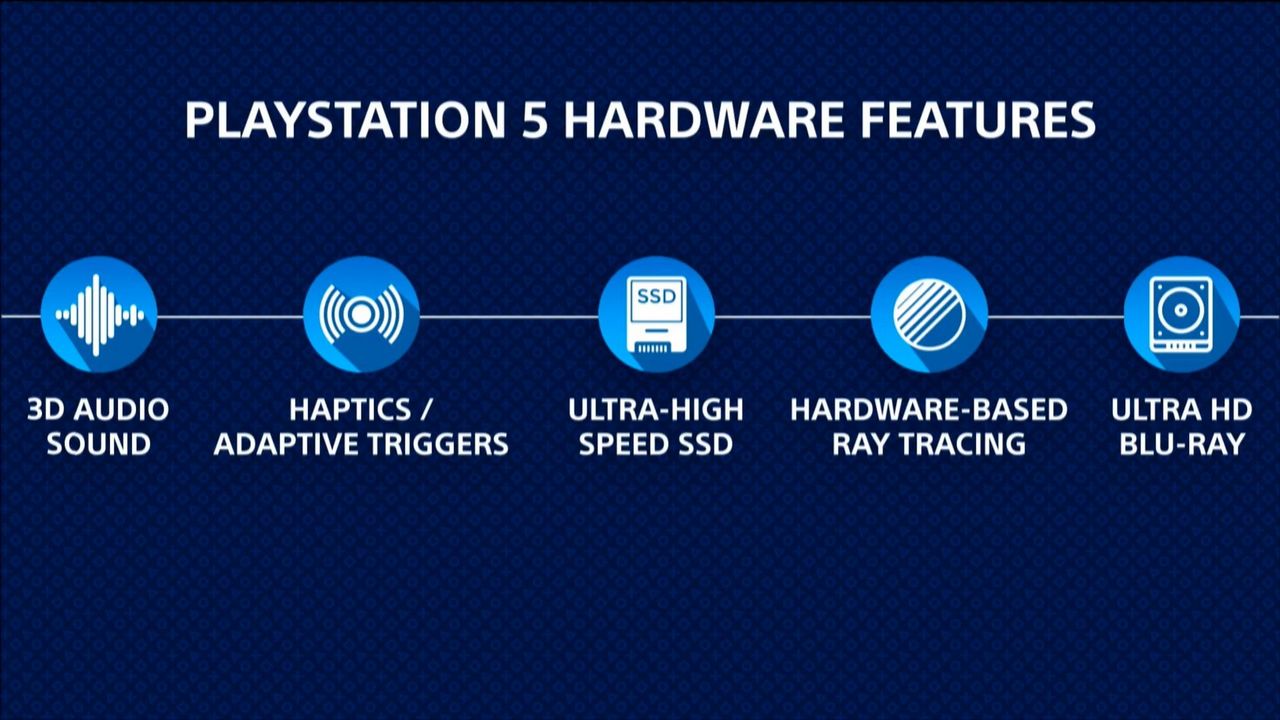
Sony has the weapons needed in their arsenal, but they need to deploy a few if they are eager to steal back the battle over messaging away from Microsoft. What’s happening with PlayStation Now? What will be the full extent of the PlayStation 5’s backwards compatibility (just PS4 games, older peripherals, etc.)? Are they looking to mimic Play Anywhere and offer up PC and PlayStation cross-saves and cross-play (especially now that we know two top-tier PlayStation 4 exclusives are coming to Steam)? These questions are in direct contention with the information Microsoft has been relaying about the Xbox Series X these last few months, and it boggles my mind Sony hasn’t tried once to dull Microsoft’s messages with those of their own.
For all intents and purposes, they appear to have one-to-one counters for the services Microsoft are marketing as reasons to buy the Xbox Series X over the PlayStation 5, so why haven’t they struck them down with messages of their own? A few hours after Sony’s presentation Microsoft had another of their own lined up, cementing their domination as the messaging leader.
Microsoft’s eagerness to sell their platform as a network of interlinked services that all support one another has elevated the Xbox Series X conversation to one about not a device, but Microsoft as a whole. Sony can’t play coy for much longer, lest Microsoft runs off with the zeitgeist leading up to launch. Sony’s presentation today cost them ground they didn’t have, and they need to reclaim it and some. Powerful specs mean nothing if the competition has a more powerful message. Sony would be wise to remember that.


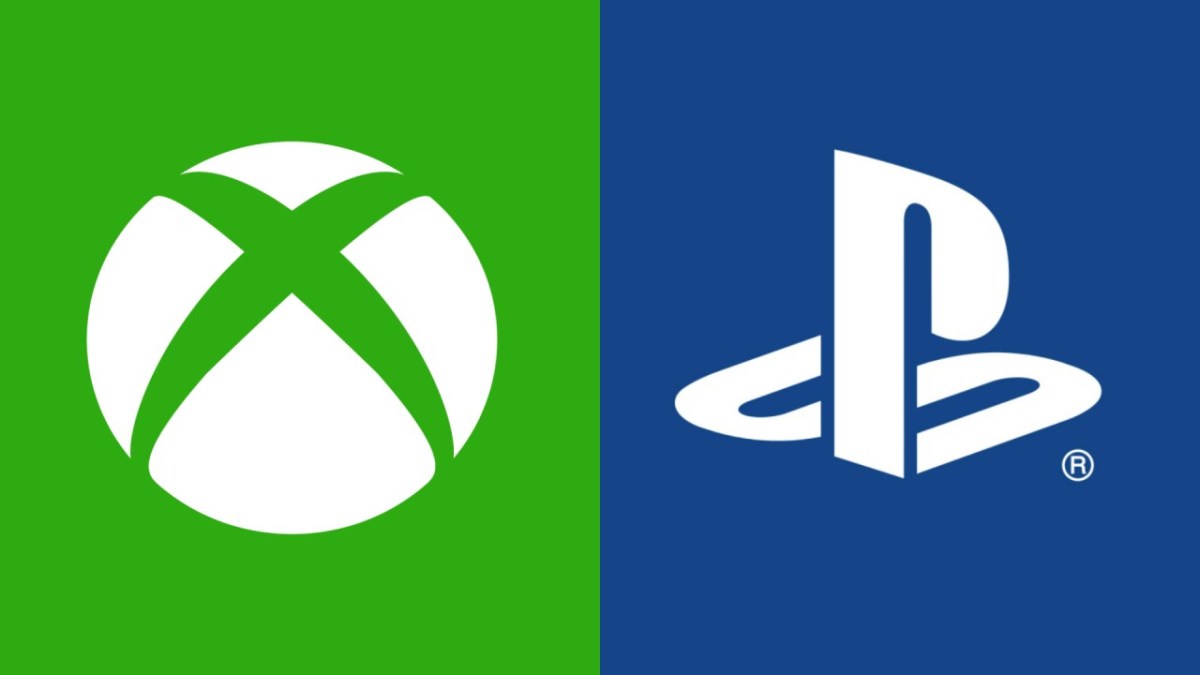

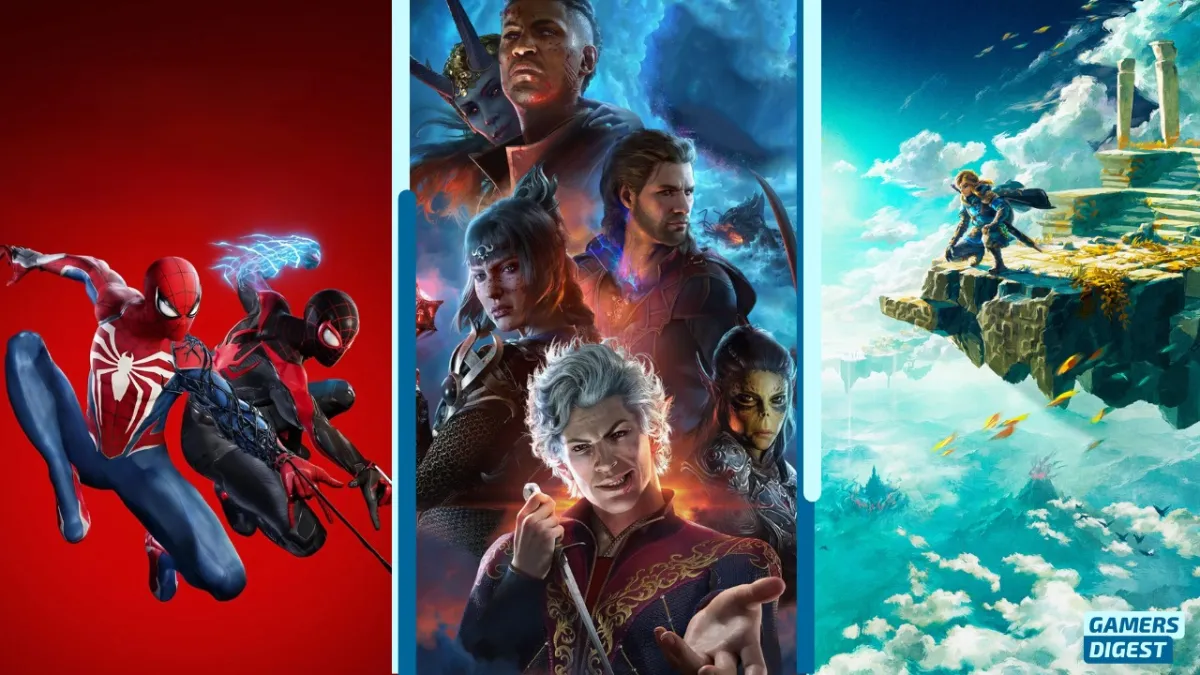
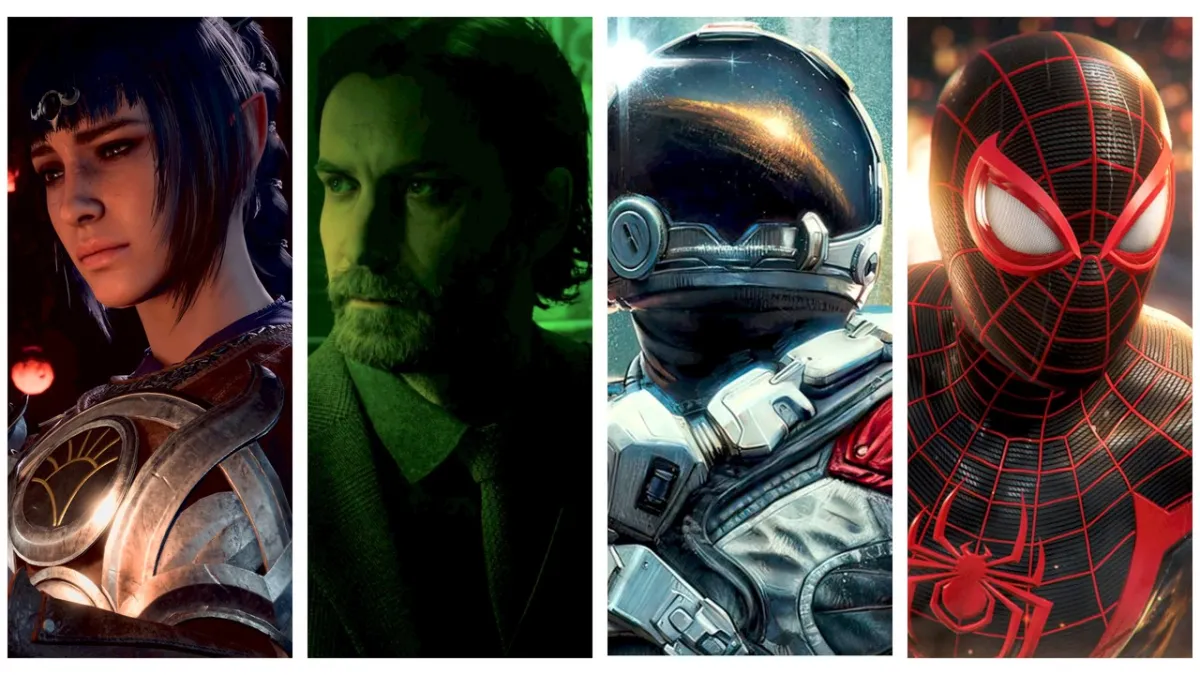

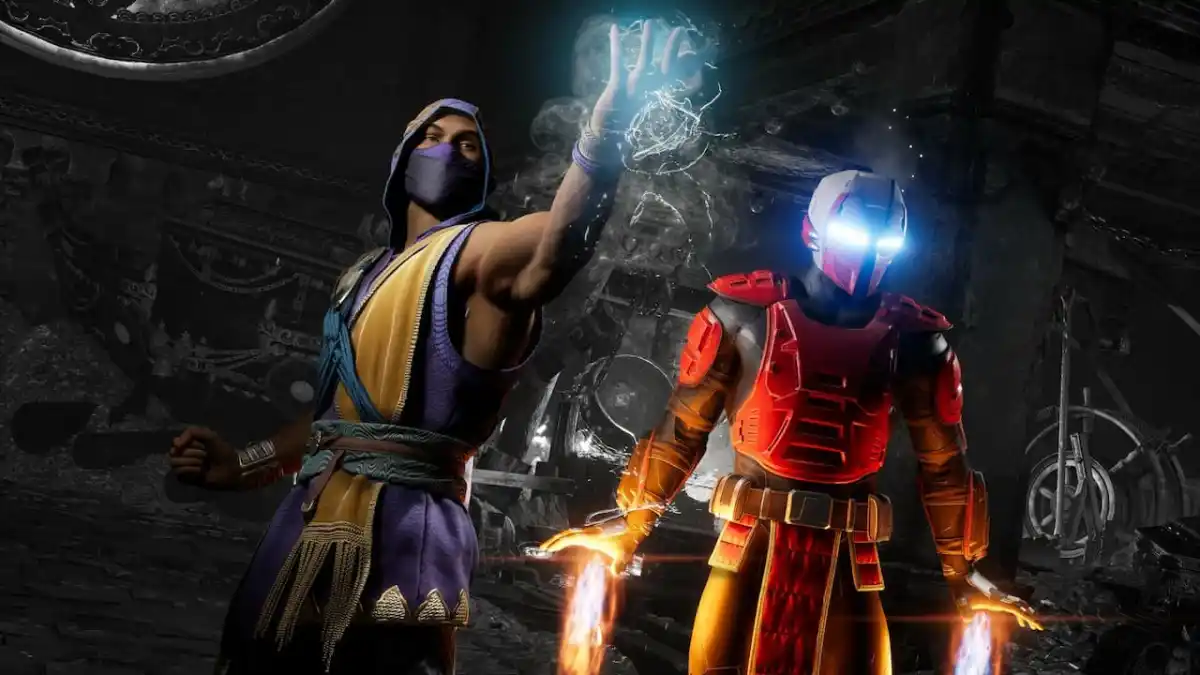



Published: Mar 18, 2020 03:21 pm